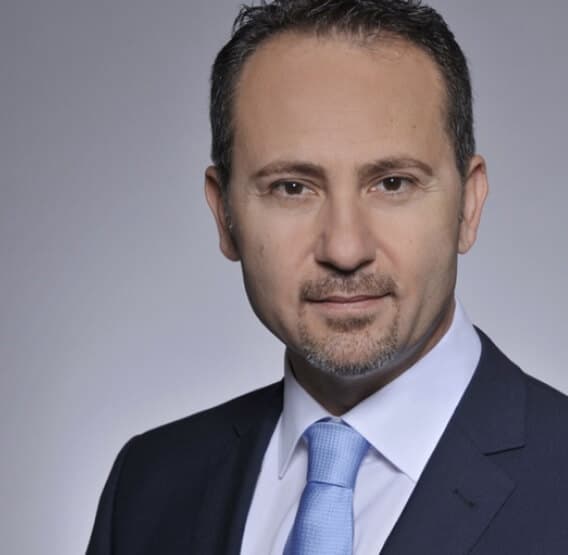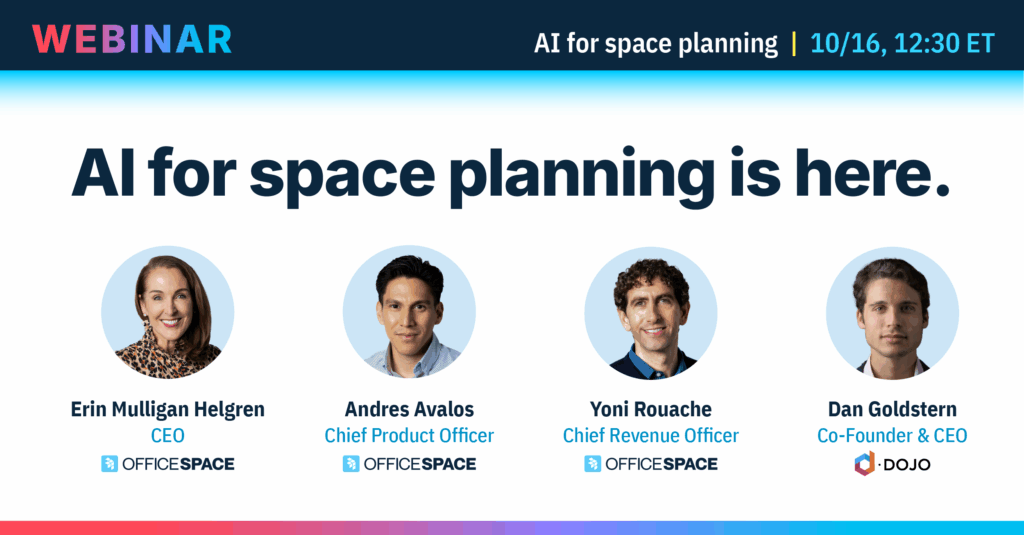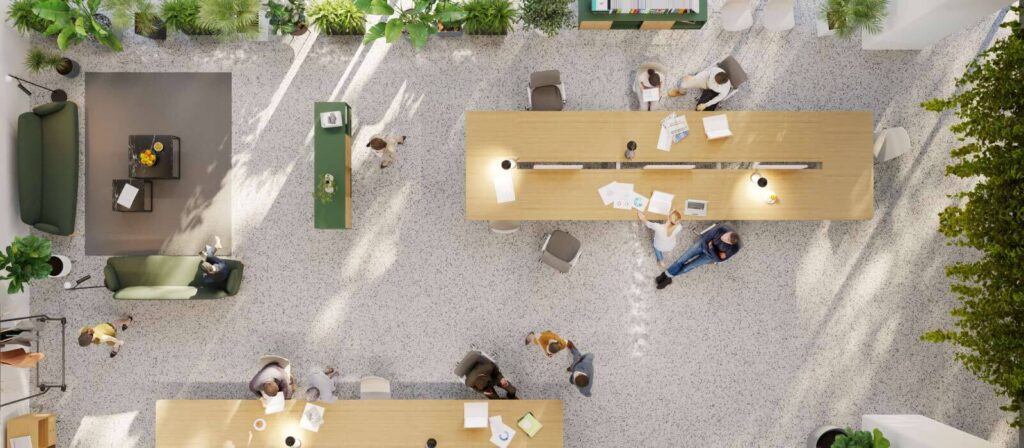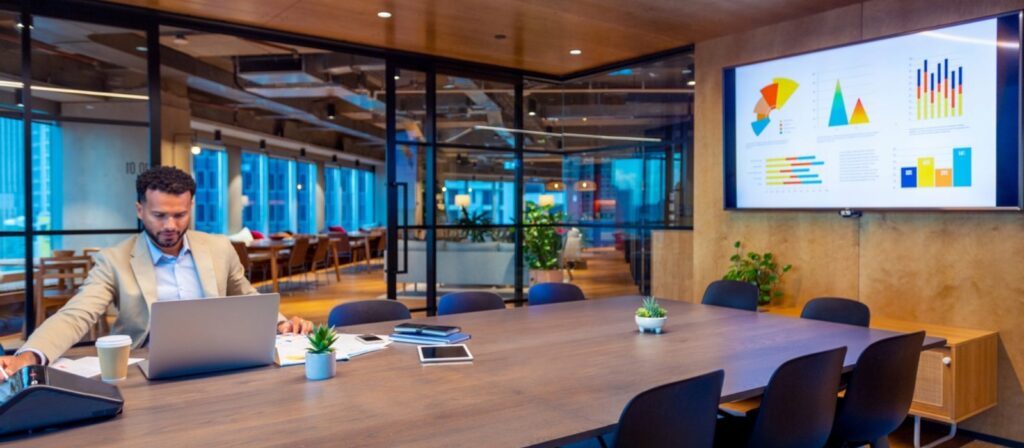Alessandro Ranaldi, Partner and Global Head of Workplace Consultancy at Foster + Partners, shares his insights on executing workplace strategies and office redesigns.
As much as benchmarking and data can play a role in helping understand certain aspects of a workplace — they are not the only things to consider when strategizing for an entirely new office environment. Just because there’s an understanding of an organization on a technical level doesn’t mean you grasp it the same way from a cultural perspective.
As a Partner and Global Head of Workplace Consultancy at Foster + Partners, Alessandro Ranaldi strives to strike a balance between the technical and cultural elements of workplace strategy. It can be a difficult balancing act with a host of organizational needs in play, but the importance of that synergistic relationship cannot be ignored.
You have over 25 years of experience in building workplace strategies, what are some of the biggest differences in terms of how you performed your duties at the start of your career compared to now?
Ranaldi: The beginning of my career was almost like the pioneering days in which, besides user engagement activities, we were focusing on a lot of occupancy studies and workplace performance surveys as the two major instruments that analyze and understand the work pattern and work style of a specific organization. These were very innovative tools at the time.
It was quite interesting because people weren’t as educated on this strange discipline called “workplace strategy.” Once we started coming out with the findings of the analysis these tools provided, we gained greater insights into organizations that were no longer based on perception, but scientific proof. It was an eye-opener for these organizations. The discussion around new ways of working, innovative planning strategies was starting from a completely different level. We shifted the focus from “efficiency” and the space to “effectiveness,” which is all about people.
Nowadays, many of the large organizations that we work with know quite a lot about the workplace. The discussion is a little more articulate and there are plenty of good examples of inspiring workplace projects around the globe. Even in an industry like financial services, many organizations have abandoned the traditional corporate office environment and embraced a much more flexible work style that’s more dynamic. There’s a different requirement for the way an office will be used, focusing on increased performance.
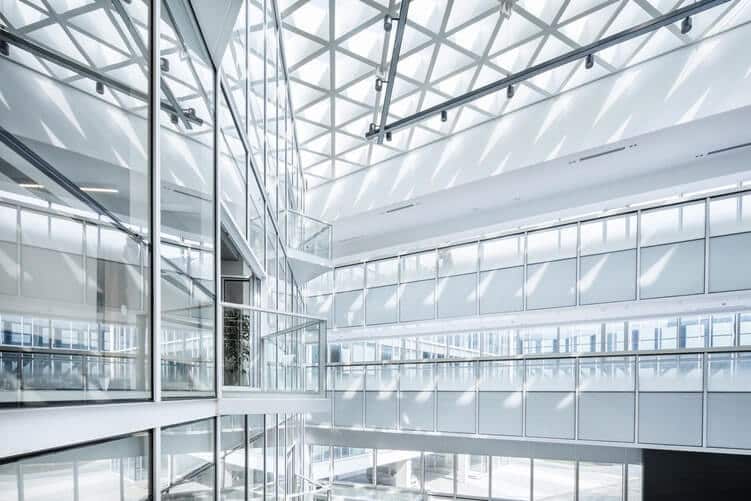
One of your specialties is leading office redesigns. How do you ensure what an organization wants matches up with the strategy you’re able to build for them?
Ranaldi: That question should be more like “Alessandro, how do you make a strategy after you fully understand what an organization needs?” The key to this job is really deeply embedded in the theory that we do not design something in abstract that’s just based on benchmarking. Frank Duffy, the British architect and founder of DEGW, used to say “benchmarking are the enemies of our job.” If we were to define strategies based on benchmarking, the world would never change and we would continually repeat what we had already done in the past.
Instead, the in-depth understanding of an organization that was formed in the early days is really about entering into it and being part of their day-to-day business. You would learn how people collaborate and communicate internally and design a strategy that facilitates the existing needs, while also understanding that the organization is evolving through time and based on what the market circumstances are.
One thing that I always say to my team is that it’s not just about defining the strategy, it’s about understanding the organization and what the organization does — meaning what are the drivers for change, cultural values, and goals of that organization. I also find understanding the market context in which they operate to be helpful. I often came across organizations that were not fully aware or did not know the impact of external market changes directly affecting the way they would operate in the future.

How has geographical location impacted office redesigns with the price of commercial real estate constantly rising in many major cities around the world?
Ranaldi: Geographical location has an impact on design for two main reasons: one reason is the price of real estate and the other is the cultural aspect. For instance, in continental Europe and London, we look at the acceptable minimum area as being an average of 10.5-12.5 square meters per person in a headquarter building. In some Asian countries, people feel perfectly comfortable to work in far higher densities. In different cultures, people relate in completely different ways to their workplace and we need to engage and understand these differences that will otherwise affect people’s performance.
Another aspect to consider is that in some mature and wealthier markets, the cost of real estate comes with a little more focus on space optimization, but there is also the understanding that investment needs to take place in what is the most important asset of any organization: the people.
Instead of focusing on how to optimize the area space per person needed (cost reduction), the attention is more on leveraging the opportunities provided by a more mobile workforce and reallocating space needed for socializing, learning, collaborating, as well as quiet areas.
In fact, there is greater awareness of the demand for the human experience. We are trying to create a space that can effectively accommodate different generations in the same space. We try our best to design environments that offer choices to people with different psychological profiles in order to help them operate in the best possible way. Part of this also translates into being able to design workplaces that are equally good for the needs of introverts and extroverts as well as areas for play, relaxation, and meditation too.
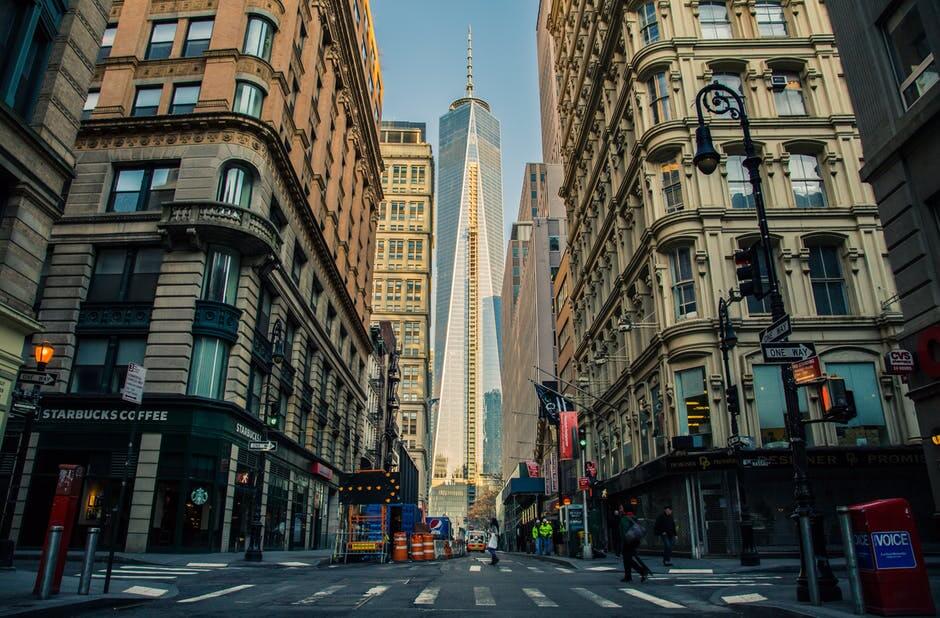
You’ve worked alongside leadership at some of the top Fortune 500 companies in the world. What are some of the positives and negatives of working with top executives who are also visionaries with their own strong opinions on how their workplace should operate?
Ranaldi: This is a complex topic. I think the pros are that it’s a smoother process when an organization has a strong personality in charge. A visionary with strong opinions of how they’d like to shape their organization’s work style and the space that has an influence on behaviors.
A user engagement approach incorporates the fundamental input of selected stakeholders across all levels of an organization. Representatives of staff, middle management, and top management are working together at different key stages of the process providing invaluable perspectives from different angles. This adds a complexity which might be affecting the speed of decision-making. The benefit of having one single visionary voice is that it’s easier for an architect to deploy the strategy and a design in a faster and more controlled manner.
However, while the user engagement approach means you’re starting a journey with a less predictable path, the outcome is potentially far more representative of the end user’s real needs. I’m still a strong believer in having greater level of engagement, which makes our job more complex, but with results that are truly reflective of the changing nature of an organization’s reality today and in the future.

What do you think offices will look like 10-15 years from now? What do you think will become the new workplace standard?
Ranaldi: We really can’t predict what the workplace will look like in about 10-15 years from now, but we definitely know that artificial intelligence will render some process-orientated jobs obsolete in many areas.
Because of this, I think a larger portion of the population will enter into the knowledge transaction economy. There will be a significant change in how buildings and the workplace will transform. I think the future means our workplaces will be more similar to a university campus rather than a traditional office in the corporate sense. This will come with an increased ability to work with people from anywhere at any time. Technology will allow us to work seamlessly from mobile phones, laptops, tablets, and so on. We’ll have the freedom to choose places to work that suit our job role as well as our fluctuating personalities and moods.
Why will people still choose to come to the office when they can work anywhere? As we know, the knowledge economy relies heavily on collaboration and idea exchange — this is something that happens seamlessly in physical spaces where people come together. The office of the future will not only have to be well-designed and organized, but it will have to offer a destination and experience that will attract and entice a strong community of people.

Find out more about how Alessandro and Foster + Partners can help your organization with its workplace strategy at their website.
What do you see as the key elements of an office redesign? Join the conversation and leave us a comment below.
Photos: LYCS LYCS, Shutterstock, Burst, Shutterstock, Daria Nepriakhina

